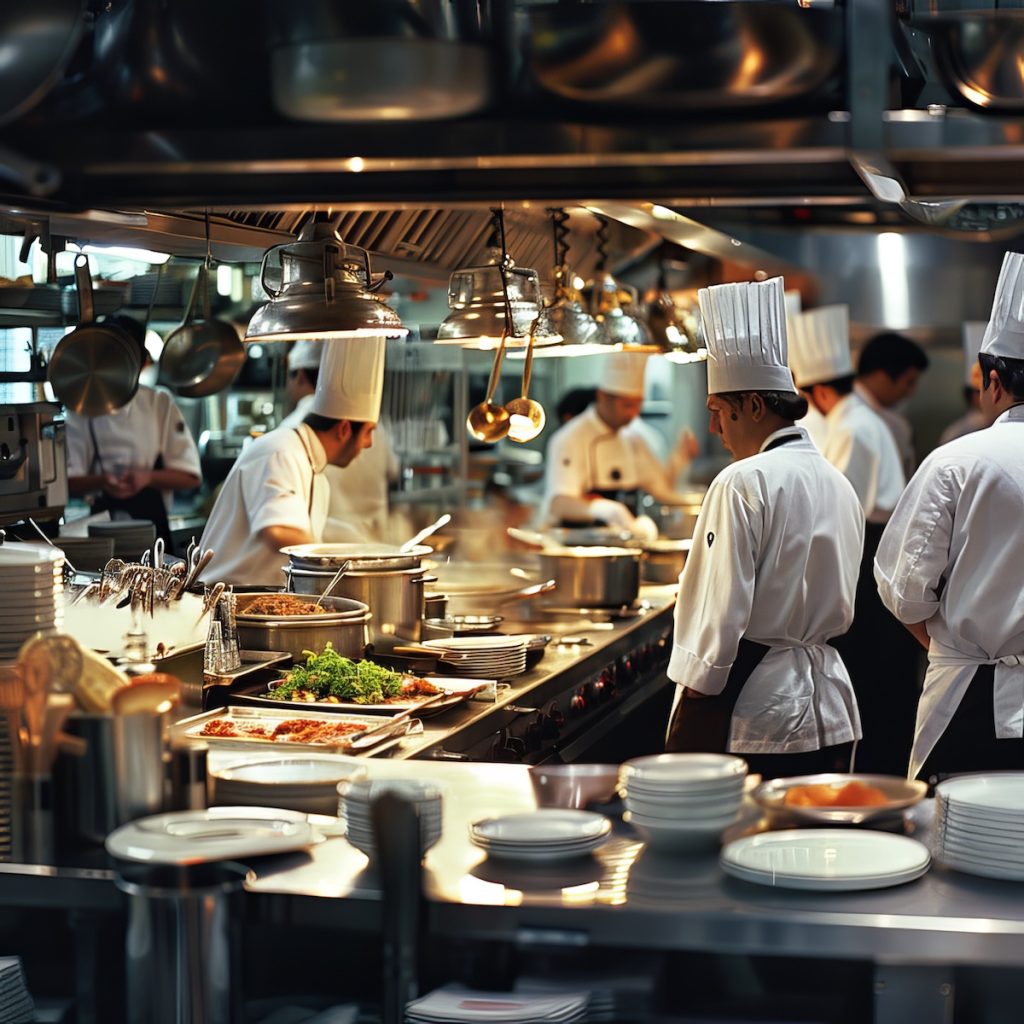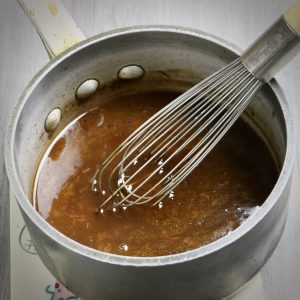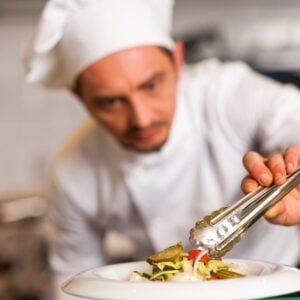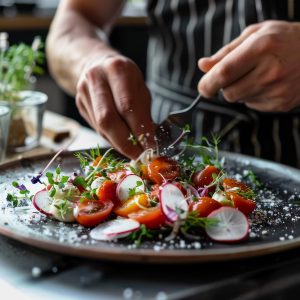From Sous Chef to Pastry Maestro: Exploring the Hierarchies of a Professional Kitchen
Who’s who in a professional kitchen? In the bustling world of a professional kitchen, each role is crucial to the smooth operation and creation of culinary masterpieces. From the executive chef orchestrating the menu to the dishwashers ensuring every plate is spotless, the kitchen is a finely tuned machine where everyone plays a vital part.
The executive chef, often the face of the restaurant, is responsible for menu creation, overall kitchen management, and maintaining the highest standards of food quality. Below them, the sous chef acts as the second-in-command, handling daily operations, managing staff, and stepping in whenever necessary.
Specialized roles such as the pastry chef, responsible for all things sweet, and the saucier, who perfects sauces and gravies, showcase the diversity of skills within the kitchen. Line cooks, assigned to various stations, prepare specific dishes and ensure each plate meets the exacting standards of the head chef.
Prep cooks and commis chefs, often beginners in the culinary world, handle the foundational work of chopping, dicing, and prepping ingredients, ensuring the kitchen runs smoothly during service. Lastly, the dishwashers, often overlooked but truly the unsung heroes, maintain cleanliness and hygiene. Each role, no matter how small, is essential to a professional kitchen’s symphony of flavors and efficiency.
The Kitchen Brigade System
In the 1800’s, a French chef, Chef Escoffier, invented the “Kitchen Brigade System.” This system is still used in many restaurants and kitchens. It streamlines kitchen duties, avoids duplication of efforts, and keeps everybody out of everybody else’s way. It’s how they can serve perfectly prepared food every time.
You may not be able to duplicate the Kitchen Brigade System in your kitchen completely, but if you understand it, you’ll at least know what it takes to get a meal together. There may be parts of the system that you can adapt in your kitchen to make your meals even more successful than they already are.
The Head Chef
The head chef, or executive chef, is the leader of the kitchen. They are responsible for creating the menu, supervising kitchen staff, and ensuring the highest culinary standards. They oversee every aspect of food preparation, from ingredient sourcing to plating, embodying the restaurant’s vision and driving its success.
Sous Chef
The sous chef is the second-in-command in the kitchen. They assist the head chef with menu execution and daily operations. They manage the kitchen staff, oversee cooking processes, and ensure consistency in every dish. The sous chef is crucial for maintaining order and quality during busy service times.
Chef de Partie or Line Cooks
Several other cooks or chefs with specific responsibilities are under the chef and sous chef. They are also called the Chef de partie or Line Cooks.
The sauté chef, often called the saucier, specializes in sautéing and sauce preparation in the kitchen. They masterfully handle pans over high heat, creating flavorful dishes and perfecting sauces that enhance each meal. Their skill and attention to detail elevate the dining experience with every plate.
The rotisserie chef, also known as the rotisseur, cooks meats on a rotisserie or grill. They skillfully prepare and roast meats, ensuring even cooking and delicious flavors. The rotisseur’s expertise is mastering temperatures and seasoning to deliver tender, succulent meats that satisfy every palate.
The poissonnier, or fish cook, specializes in seafood preparation in the kitchen. They excel in handling delicate fish and shellfish, ensuring precise cooking times and exquisite flavors. With a keen understanding of seafood’s nuances, the poissonnier creates dishes highlighting each catch’s freshness and natural taste.
The friturier, or fry cook, is skilled in frying foods to crispy perfection. They manage deep fryers with precision, ensuring items like fries, tempura, and fritters are cooked evenly and retain their crunch. The friturier’s expertise lies in maintaining oil quality and achieving golden, flavorful results.
The entremetier prepares vegetables, soups, and starches in the kitchen. They excel in perfectly cooking vegetables, crafting creamy soups, and creating savory starch dishes like risotto or mashed potatoes. The entremetier’s focus on these foundational elements ensures balanced and flavorful accompaniments to the main courses.
The chef de garde manager oversees the cold kitchen, focusing on salads, pâtés, and appetizers. They excel in presentation and precision, creating visually appealing dishes like charcuterie boards and salads. With meticulous attention to detail, they ensure freshness and balance in every cold dish served to guests.
The pastry chef creates desserts, pastries, and baked goods in the kitchen. They excel in delicate techniques like tempering chocolate, crafting intricate cakes, and perfecting flaky pastries. With a creative touch and precise measurements, the pastry chef delights diners with sweet treats that are both visually stunning and delicious.
The tournant chef, also known as the roundsman, is a versatile role in the kitchen. They can work across various stations and fill in for absent chefs, ensuring smooth operations and maintaining standards throughout service. Their adaptability and skill contribute to the kitchen’s efficiency and consistency.
Team Effort
The kitchen staff operates as a cohesive team through structured roles, clear communication, and mutual respect for each other’s skills. Each member contributes specialized expertise, from prep cooks to sous chefs, harmonizing efforts to ensure timely and quality food production. Collaboration, coordination, and a shared commitment to excellence form the backbone of their teamwork, essential for delivering exceptional dining experiences.
Streamlining Your Kitchen
Incorporating the Brigade system, originally designed for professional kitchens, into a home kitchen can enhance organization and efficiency:
- Assign Roles: Designate family members or guests to specific roles such as chef de cuisine (head chef), sous chef (assistant), and commis (helpers).
- Hierarchy: Establish a hierarchy for decision-making and task allocation, ensuring clear leadership and responsibilities.
- Specialization: Encourage specialization in prep work, cooking, and plating to streamline processes.
- Communication: Emphasize clear communication and coordination to ensure everyone understands their roles and timelines.
- Training and Support: Provide training to develop skills in different kitchen stations, promoting confidence and efficiency.
- Quality Control: Implement checks for quality and consistency in dishes, reflecting the Brigade’s commitment to high standards.
By adapting these principles, a home kitchen can operate more smoothly, making meal preparation enjoyable and efficient for all involved.












